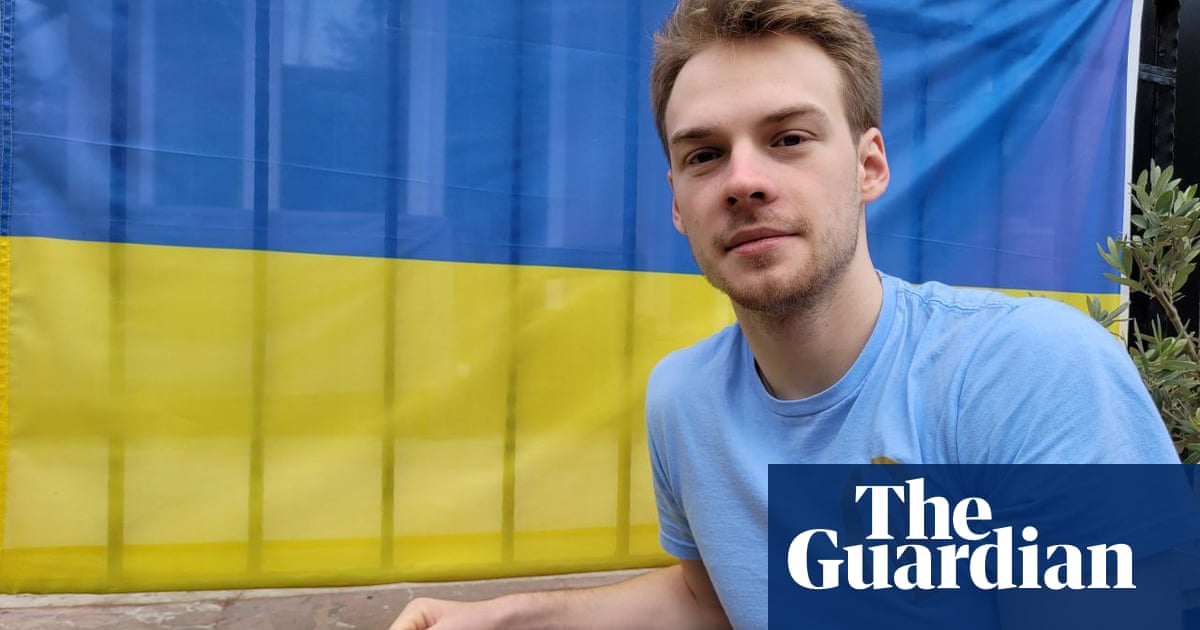
If you have ever strolled along the Macclesfield canal you may have walked across a ‘snake bridge’, like the one above, in which one side of the towpath spirals backward.
The question is: why did they build bridges like this?
Today’s challenges are reverse engineering picture puzzles. You are presented with illustrations of five curious structures, and your task is to work out why they were built in that way. First stop, Cheshire.
1. Curly crossing
The Macclesfield canal opened in 1831 and it features several ‘snake bridges’, or ‘roving bridges’, where the towpath goes from one side to the other in a loop, like the one illustrated above (and photographed at the top of the story.) Why were they built like this? Think about what the canals were originally built for, and look for clues in the picture.
Advertisement
2. Loopy trains
In some places in the world train tracks make a giant loop and then pass under themselves. Why?
3. Puzzling Polynesians
Why did Polynesian boatbuilders make canoes that looked like the one above?
4. Tricky trams
Why are the tram’s overhead cables positioned to make a zigzag, rather than straight line?
5. Perplexing pipes
In Russian cities, most central heating is provided by pipes that have hot water or steam pumped through them from heating plants a distance away. Why do these pipes sometimes have unusual bends in them, like the one above?
I’ll be back at 5pm UK. Please NO SPOILERS. Instead, please discuss your favourite examples of engineering ingenuity.
UPDATE: You can read the answers here.
Advertisement
Today’s puzzles were suggested by Nikolai Andreev, a Russian mathematician who last month won the Leelavati Prize, an award given by the International Mathematical Union every four years to recognise “outstanding contributions for increasing public awareness of mathematics as an intellectual discipline and the crucial role it plays in diverse human endeavours.”
Andreev was commended in particular for the free resource Mathematical Etudes which has many wonderful videos explaining mathematical and mechanical phenomena. He also works closely with Kvantik, a magazine about maths and physics aimed at primary school children, and from which all the illustrations above are taken.
Thanks to Nikolai Andreev and Kvantik for permission to use the illustrations.
I set a puzzle here every two weeks on a Monday. I’m always on the look-out for great puzzles. If you would like to suggest one, email me.
I’m the author of several books of maths and puzzles, and also the co-author with Ben Lyttleton of the children’s book series Football School. The latest in the Football School series is The Greatest Ever Quiz Book, out now!












